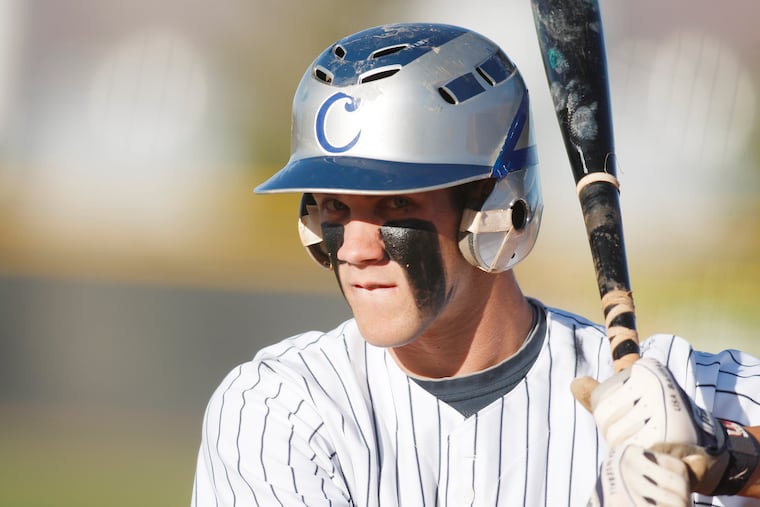Bryce Harper’s mythical journey from Las Vegas to Philadelphia, after seven turbulent seasons in D.C.
Bryce Harper has been fast-tracked for success ever since he took his GED and entered junior college at 17.

Bryce Harper has been fast-tracked for success ever since he took his GED and entered junior college at 17.
